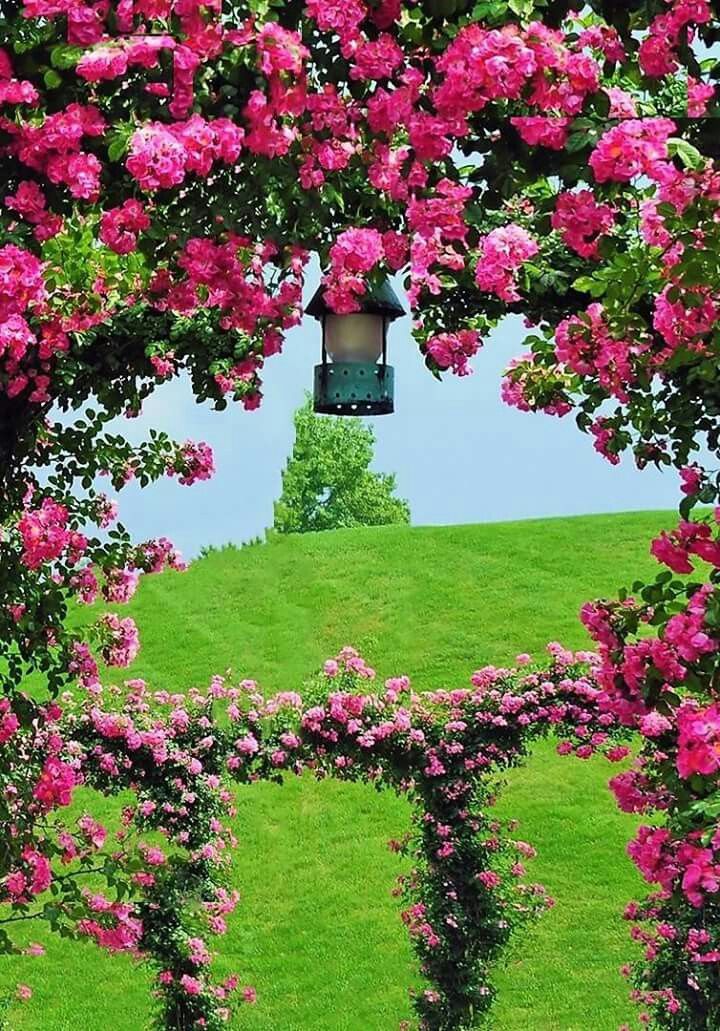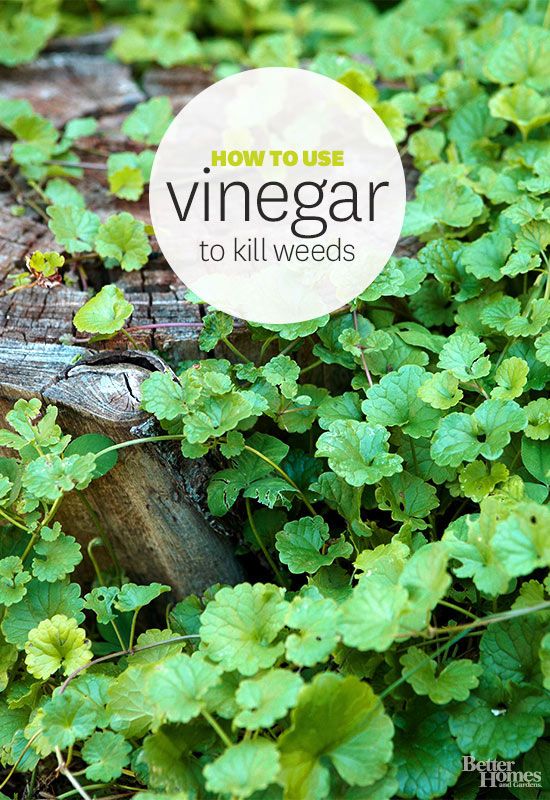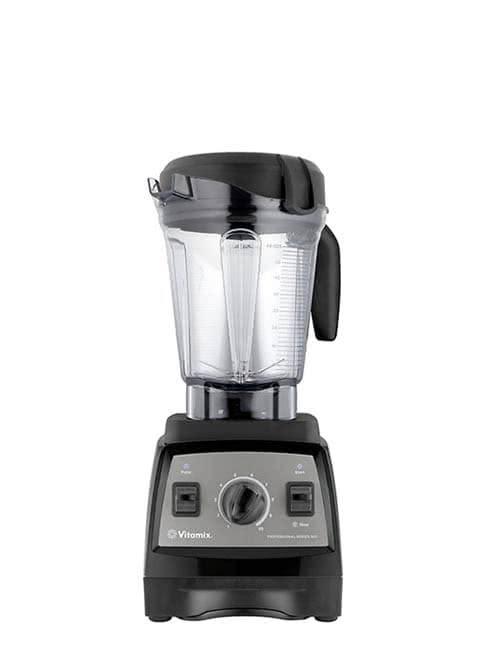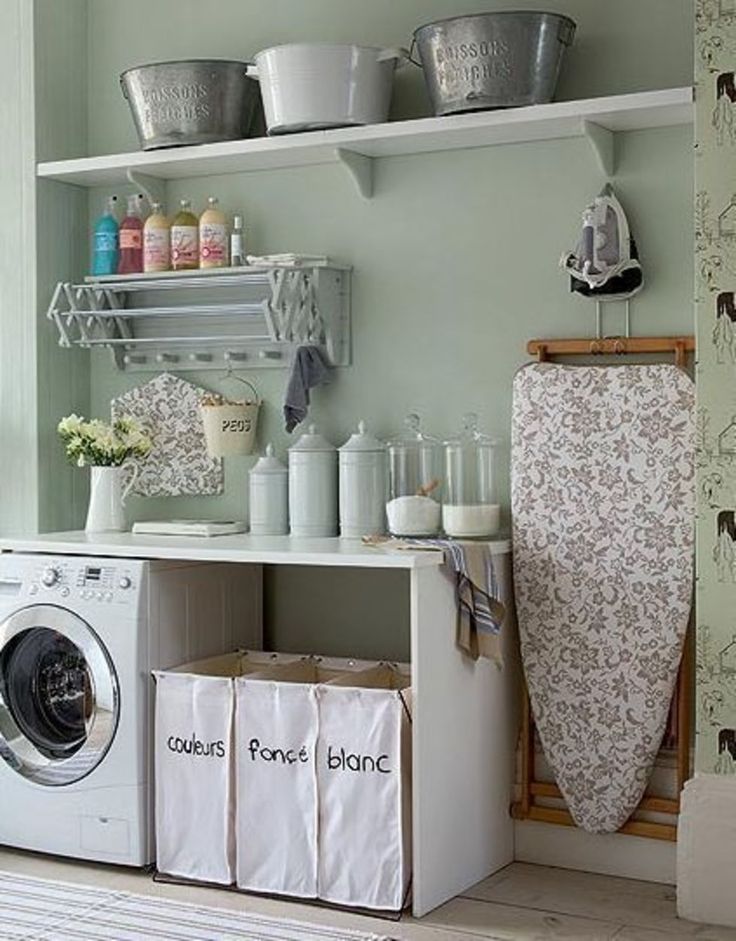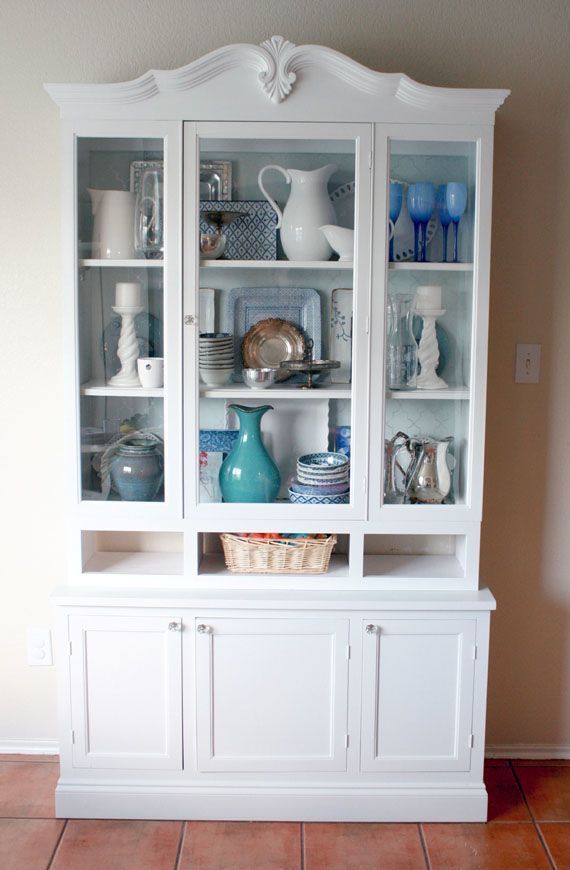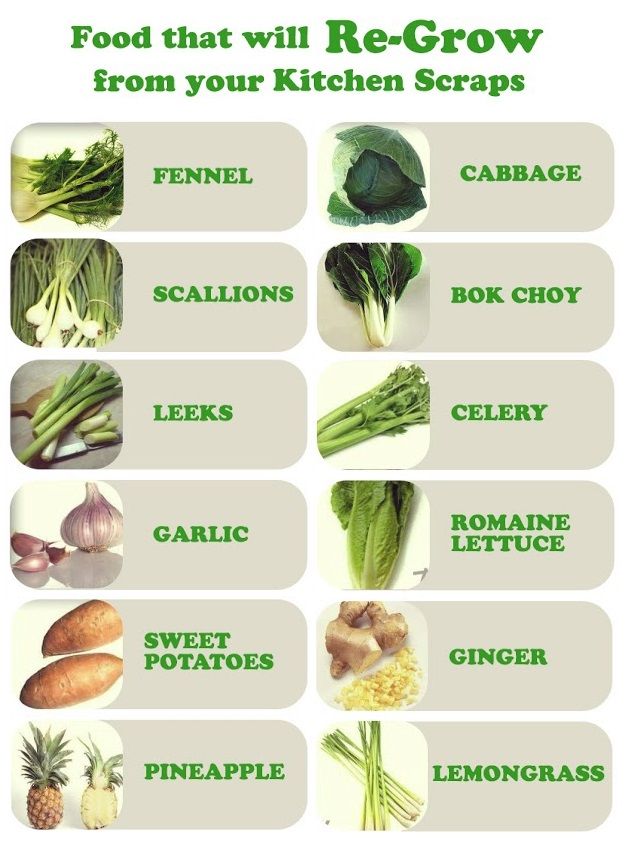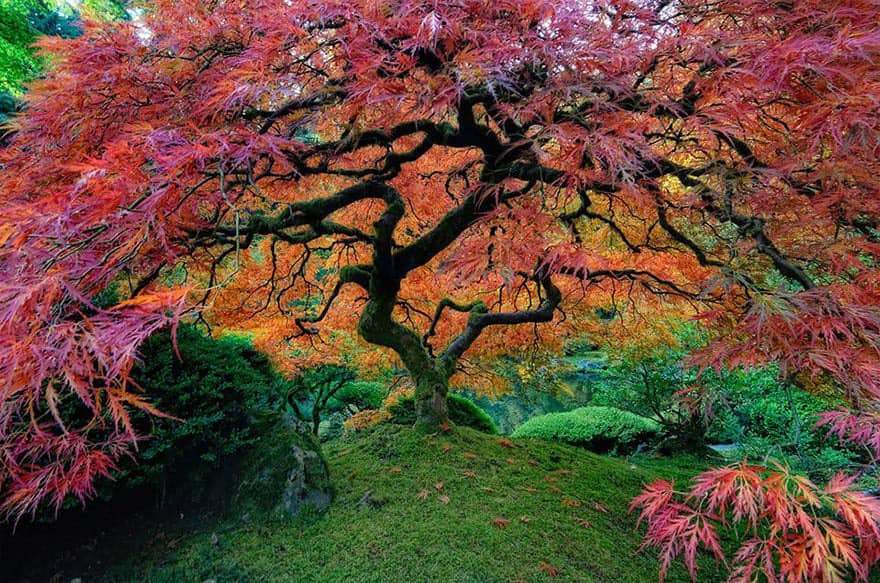Herbaceous plant supports
Handcrafted Plant Supports – Tom Chambers
Cottage Garden Arc (large)
57cm dia 95cm h
- Handcrafted from heavy duty steel
- Simple to use, blends in with your garden border
- Use to support and contain splaying plants or plants at the front of a border
Cottage Garden Grow-Thru (large)
60cm dia 80cm h
- Handcrafted from heavy duty steel
- Grid section allows plants to grow through and be contained and supported
- Suitable for a variety of plants
Cottage Garden Ring (large)
45cm dia 80cm h
- Handcrafted from heavy duty steel
- Decorative ball detail
- Plastic coated to give a long lasting plant support
- Use to support bushy and splaying plants
Cottage Garden Single Stem Support
30cm dia 100cm h
- Handcrafted from heavy duty steel
- Decorative ball detail
- Use to support and contain a variety of plants
Cottage Garden Herbaceous Basket Sage (medium)
59cm dia 68cm h
- A decorative, vintage style plant support
- Coated in a stylish sage green finish
- Perfect to support herbaceous plants and shrubs
Urban Garden Grow-Thru (medium)
50cm h 30cm dia
-
Grid section allows plants to grow and be contained and supported
-
Simply place over the growing plant
-
Ideal for plants with dense, heavy flowers
Urban Garden Conical (small)
20cm dia 50cm h
- Supports long stemmed plants
- Simply place over the plant while it is growing
- Dark green finish blends into a garden border
Urban Garden Ring (small)
40cm h 20cm dia
-
Classic, handcrafted plant support
-
Creates a strong and practical support for a variety of plants
-
Blends in with a garden border
Urban Garden Wraparound Support (medium)
93cm h 30cm dia
-
Discreet, handforged plant support
-
Circles the plant for support against the elements
-
Fastens easily around the plant
Botanical Spiral Plant Support
Height 1. 5m
- A spiral plant support, perfect for taller varieties or for tomatoes
- Finished in a rustic effect coating
- Use in a garden border or in a container
Herbaceous Support Rust
54cm h 40cm w
Rustic Gloriosa Stake
150cm h
- Spectacular details creates a wonderfully realistic stake
- The perfect way to add interest to a garden
- Handcrafted with exceptional detail
- Adds interest to a garden border or a patio
Rustic Starflower Stake
145cm h
- A wonderful, rustic flower stake
- Handcrafted with exceptional detail
- Adds interest to a garden border or patio
Rustic Sunflower Stake
150cm h
- A sculptural flower stake
- Adds impact and detail to a garden
- Crafted from rusted steel to add a rustic style to a garden
Rusty Heart Plant Stake
170cm h
- A delightful heart shaped metal stake
- Designed to rust naturally in a garden
Rusty Poppy Plant Stake (large)
158cm h
- Will rust naturally in a garden over time
- Can be used to stake tall plants in a border or a container
Heavy Duty Grow Through Plant Supports-herbaceous
Etsy is no longer supporting older versions of your web browser in order to ensure that user data remains secure. Please update to the latest version.
Please update to the latest version.
Take full advantage of our site features by enabling JavaScript.
Click to zoom
In 4 carts
from €69.89
Loading
Low in stock
VAT included (where applicable), plus shipping
Star Seller
Star Sellers have an outstanding track record for providing a great customer experience—they consistently earned 5-star reviews, shipped orders on time, and replied quickly to any messages they received.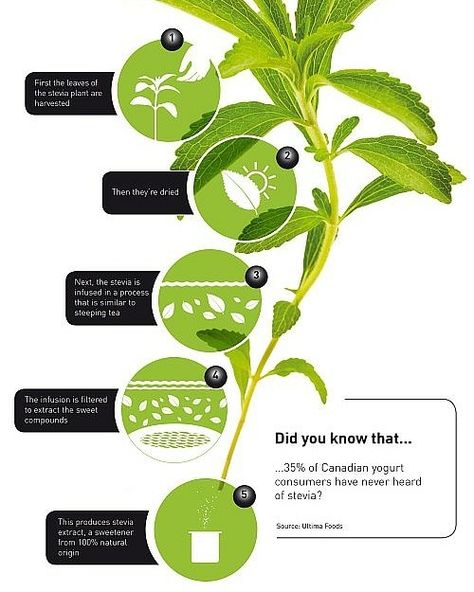
| 5,408 sales |
5 out of 5 starsHeight
Select a height 60 cm (€69.89) 80 cm (€81.08) 100 cm (€92.26)
Please select a height
Star Seller. This seller consistently earned 5-star reviews, shipped on time, and replied quickly to any messages they received.
Top wedding searches to shop
Bridesmaid gifts
Groomsmen gifts
Wedding gifts
Engagement gifts
Listed on Nov 9, 2022
110 favorites
Report this item to Etsy
Choose a reason…There’s a problem with my orderIt uses my intellectual property without permissionI don’t think it meets Etsy’s policiesChoose a reason…
The first thing you should do is contact the seller directly.
If you’ve already done that, your item hasn’t arrived, or it’s not as described, you can report that to Etsy by opening a case.
Report a problem with an order
We take intellectual property concerns very seriously, but many of these problems can be resolved directly by the parties involved. We suggest contacting the seller directly to respectfully share your concerns.
If you’d like to file an allegation of infringement, you’ll need to follow the process described in our Copyright and Intellectual Property Policy.
Review how we define handmade, vintage and supplies
See a list of prohibited items and materials
Read our mature content policy
The item for sale is…not handmade
not vintage (20+ years)
not craft supplies
prohibited or that use prohibited materials
not properly labeled as mature content
Please choose a reason
Tell us more about how this item violates our policies. Tell us more about how this item violates our policies.
Tell us more about how this item violates our policies.
What supports do plants need: trellises, pegs, bush holders, fences
A beautiful garden and a fruitful garden are the pride of everyone who spends the whole summer caring for plants. Here's how to increase seasonal yields and make your garden a model with really strong support structures - ones that will serve not only you, but also your great-grandchildren.
Install cucumber trellises
To tie or not to tie, that is the question. Experienced gardeners are sure that in the dense wilds of an untied plant, fungal and other diseases inherent in the culture often occur, curly lashes are damaged during the picking of cucumbers, and up to 20% of the crop goes unnoticed under dense foliage.
What should I do to get the maximum yield?
1. Tie the plant in the old proven way - with a hemp rope to the roof of the greenhouse (this method is not possible on open ground).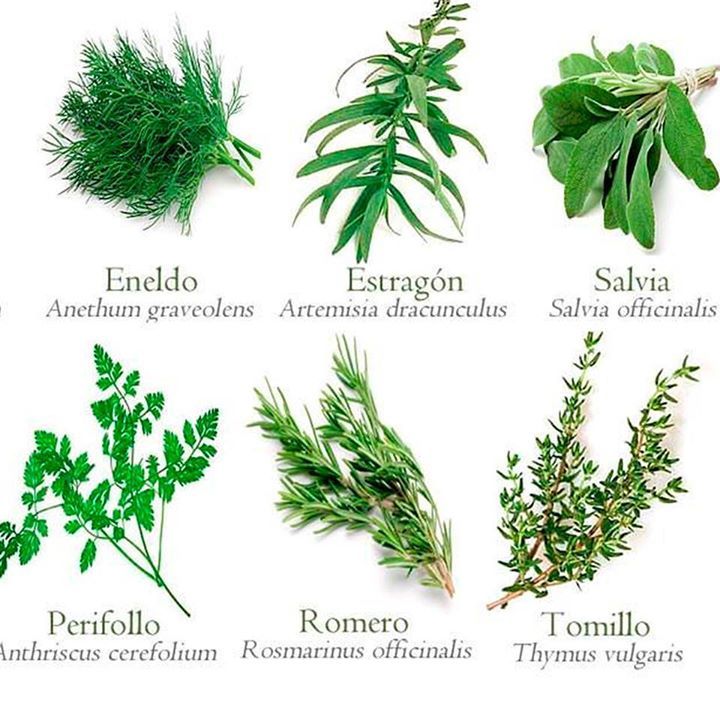 The method is laborious, and besides, the rope often breaks under the weight of a heavy harvest whip.
The method is laborious, and besides, the rope often breaks under the weight of a heavy harvest whip.
2. Install ready-made trellises with a special strong net, which climbs up garden vines to cling to. This method of garter is suitable for both open ground and greenhouses.
Photo: Cucumber trellis
It is very easy to install the Noble Garden cucumber trellis by yourself. The design has an adjustable row spacing, which allows it to be placed regardless of how far apart the planting rows are.
This type of trellis is suitable for growing not only cucumbers, but also peas and other legumes. Thanks to the support, the yield increases due to the fact that the plant throws out long shoots and forms more inflorescences.
The support is made of modern composite materials, it does not rot or rust, which means it will last for several decades.
How to set up a cucumber trellis: video instruction
Install bush holders
Fences for currants, gooseberries, raspberries and other shrubs make it easier to care for berry crops. When the branches are raised, it is easier for you to weed, feed, water and prune. The shading of the plant is reduced, the yield is increased and passages between the bushes are created.
As a rule, supports are installed once for several years - until the structure becomes cramped for shrubs. Therefore, pay attention to the material from which the support is made: it must be strong, resilient and durable - this way you will save money by spending on a purchase only once.
Noble Garden railings are made of fiberglass. The service life of the products is 50 years.
Photo: bush holders for berry and ornamental shrubs
Tie up tomatoes, peppers, raspberries and flowers with stakes
Garden stakes are an essential tool for any gardener. They support the main stem of the plant, do not allow it to break under the weight of the fruit.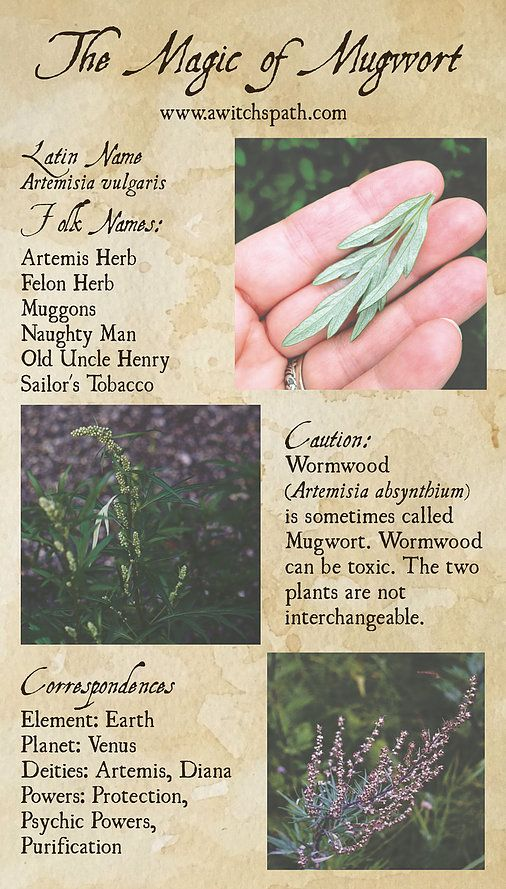 In the open field, the support helps horticultural crops withstand bad weather - rain and wind.
In the open field, the support helps horticultural crops withstand bad weather - rain and wind.
Noble Garden pegs are made of durable material and have different heights: from 60 cm to 2.4 m.
Photo: pegs for brittle peppers and climbing peas
Choose a support for flowers
Harmonious garden space is inconceivable without flowers. In order for spray roses, chic peonies, dahlias and other flowers to emphasize the beauty of your garden, they must be distinguished from the crowd with the help of neat supports. The design will help limit the riot of the plant, highlight it, raise it above the general flower carpet and simplify flower care.
Noble Garden flower supports are suitable for supporting garden and indoor plants, as well as young berry bushes.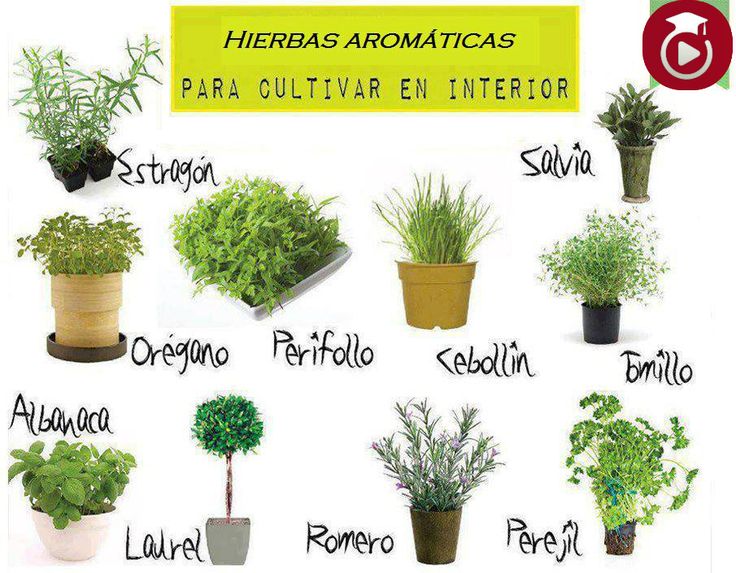 The supports are made of durable fiberglass, and the green, natural color of the structure will allow it to get lost among the foliage.
The supports are made of durable fiberglass, and the green, natural color of the structure will allow it to get lost among the foliage.
Photo: supports for roses
Do vertical gardening
The main goals of vertical gardening are to create shady space and zoning. For example, to fence off the garden from the garden, and the outbuildings from the recreation area or close the green screen from the views of neighbors.
This technique seems difficult to perform, but this is a delusion. To create vertical gardening, follow just 3 simple steps:
- decide on the location of the vertical green wall,
- install trellis stairs made of durable material that will not rust or rot over time,
- plant perennial climbing plants, for example, lemongrass, hops or girlish grapes. These perennials quickly and reliably wrap around the support in the first season after landing in the ground.
Photo: shrub fences
Noble Garden's Ladder and Trapeze trellises made of fiberglass are strong and resilient enough to support any climbing plants in your garden, and the green color will make them completely invisible.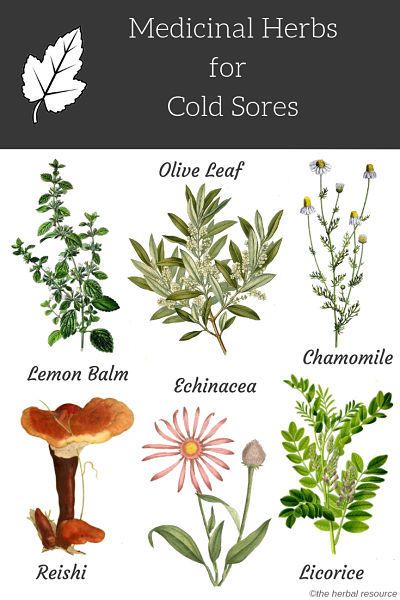 Size range: 1m, 1.5m and 2m.
Size range: 1m, 1.5m and 2m.
Photo: tapestry "Ladder" for climbing plants
To summarize
There are many supports for plants on sale - wooden, metal, plastic, bamboo. And each has its drawbacks.
Noble Garden poles are made of fiberglass. This is a durable material that does not rot or rust, it is frost-resistant, protected from UV rays. The material is very elastic, fiberglass products are almost impossible to break. The “Noble Garden” supports do not stand out from the composition of the garden, and the right color shade allows the products to get lost among the foliage of the supported plants.
In the Znatny-sad.rf online store you can choose exactly what you need, taking into account the characteristics of the plants in your garden.
Online store: Znatny-sad.rf
Photo: the pegs are made of durable material and have a height of 60 cm to 2.4 m
Ocelot flower, also known as tigridia
bohemian, unusual, as if it were not one flower, but two.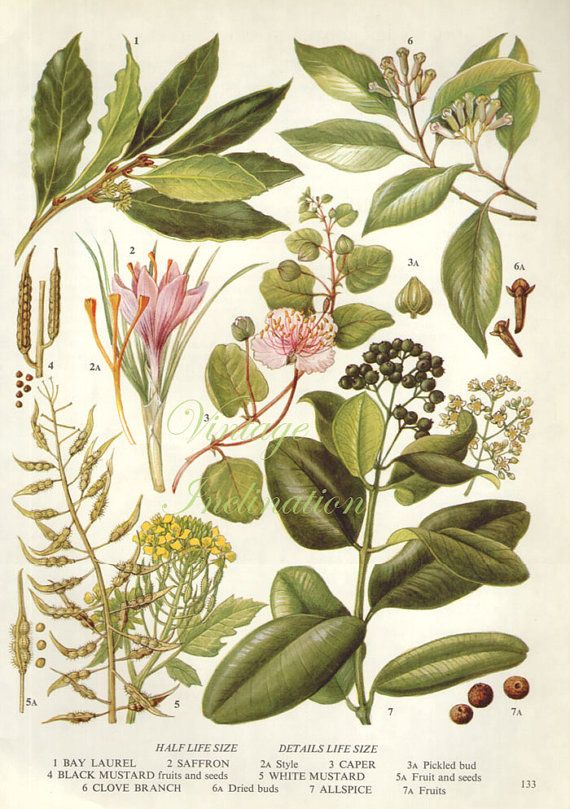 From the middle of one flower with smooth, single-coloured petals, another grew like a decorative fabric with a pattern on the skin of a jaguar or an ocelot, a predator from the cat family that lives in South America. The Aztecs called the flower oceloxochitl is an ocelot flower and the whole plant is a cacomitl. Europeans gave the name to the plant tigridia , similar to a tiger.
From the middle of one flower with smooth, single-coloured petals, another grew like a decorative fabric with a pattern on the skin of a jaguar or an ocelot, a predator from the cat family that lives in South America. The Aztecs called the flower oceloxochitl is an ocelot flower and the whole plant is a cacomitl. Europeans gave the name to the plant tigridia , similar to a tiger.
Ocelot and tigridia from a mix of bulbs we bought last year in Lidl.
Tigridia is a genus of perennial herbaceous bulbous plants from the Iris family. The genus includes 35 species, the most common (the one that grows in our gardens) is Tigridia pavonia (peacock tigridia).
The plant is native to Mexico and Guatemala. The flower was given special meaning because of its resemblance to the jaguar, a status symbol in Aztec Mexico. Crowns and garlands were made from it. In addition, the Aztecs ate tigridia tubers.
In his book "The General History of the Affairs of New Spain" (1547-1577), Bernardino de Sahagún (a Spanish missionary who wrote many books about pre-Columbian Mexico), referring to information about the properties of plants he received from the Aztecs, wrote:
"There are others, also edible, called kakomitl, they are used boiled.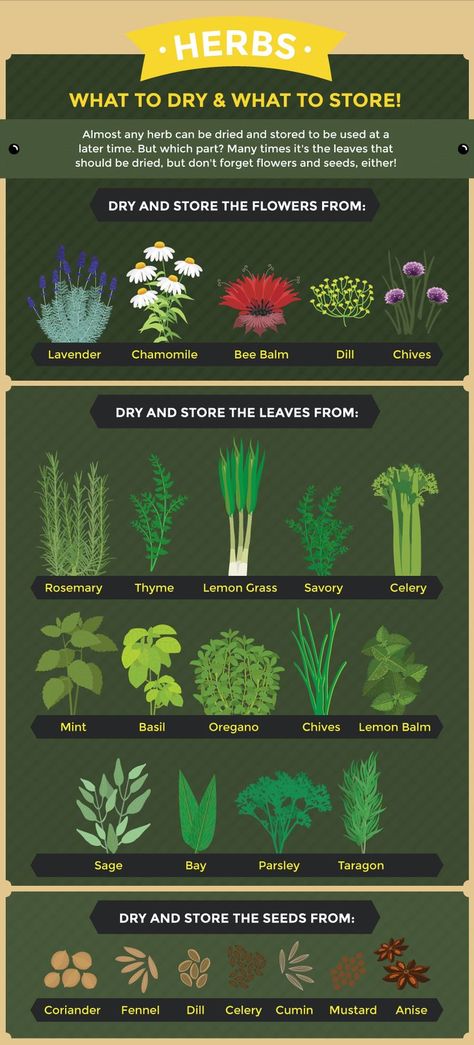 They have husks and leaves almost like bulbs, the flesh is white and edible, tasting like chestnuts. Also, the root is usually eaten boiled and raw. The roots of edible chestnuts are called akashilotl."
They have husks and leaves almost like bulbs, the flesh is white and edible, tasting like chestnuts. Also, the root is usually eaten boiled and raw. The roots of edible chestnuts are called akashilotl."
Aztecs ate tigridia tubers like potatoes, besides it was believed that they help with infertility, fever and stomach diseases.
"Code Ixtlilkxochitl". Early 17th century (among other things, the calendar of annual festivals and rituals is described in detail).
Once in Europe in the 16th century, tigridia began to be cultivated as an ornamental plant. Tigridia flowers come in different colors: white, yellow, red, purple, pink, lilac.
The flower consists of three lower petals, which are interspersed with three upper ones, much smaller than the lower ones. The calyx of the lower petals and the small upper petals are spotted. Each flower is located on a rather long stem (0.5 m, and sometimes a little more). Tigridia leaves are similar to gladiolus leaves, only narrower.
The main pollinators of tigridia are bumblebees. From the very center of the heart of the flower, three long tigridia stamens fused into a column protrude. Pollen is produced at the end of the stamen tube. Crawling along the bright core of the flower, bumblebees touch the stamen tube. Its vibrations help the pollination of tigridia. In addition, pollen from the top falls into the core of the flower, as if into a bowl, falling on the hairy body of a bumblebee. This is how bumblebees find their food and help pollinate tigridia. Do not disregard tigridia and butterflies.
Tigridia flowers themselves look like butterflies. When the flower is fully opened, it seems that a motley butterfly has sat down on green leaves. The large petals of the tigridia are very light, and when the breeze blows, it seems that the butterfly flower is flapping its wings and is about to take off.
Even if you plant tigridia bulbs close to each other, planting will not give the impression of a densely flowering area, because tigridia blooms only one day - it blooms after dawn and withers before sunset.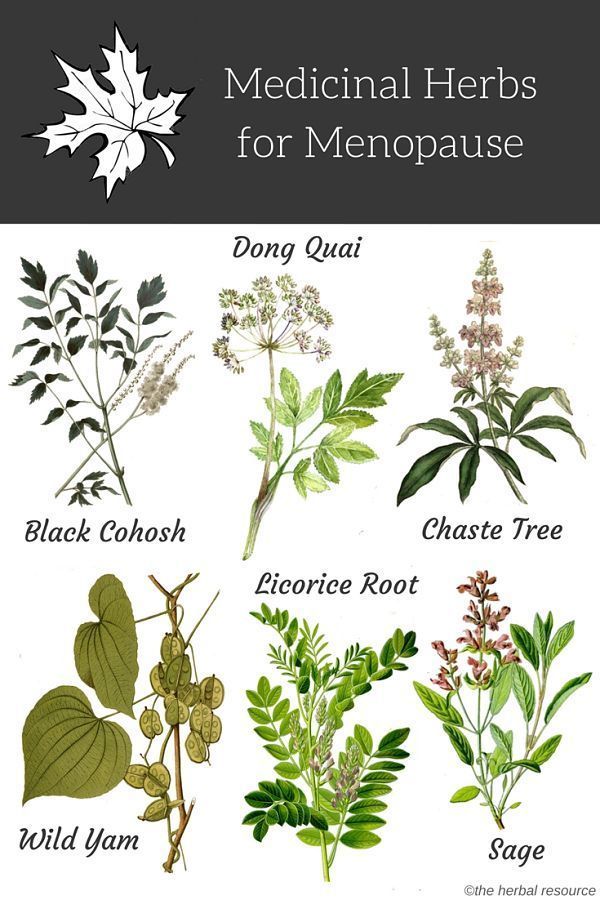
The short life span of tigridia makes many gardeners refuse to plant them. But it's so cool to run into the garden every morning, wondering what color the tigridia will open this time. I may not be planting tigridia every year, but my experience with them last year was a great pleasure. At the end of summer, in the mornings, two, and sometimes three, tigridia were opened at the same time (we planted 20 bulbs). In tigridia, even of the same color, all the cores are different, and each time a surprise flower opens.
Tigridia are absolutely unpretentious plants. No special conditions are required for their flowering. True, the big minus is that the bulbs need to be dug up or new ones bought. Our tigridia bloomed from the beginning of June until the very cold weather at the end of September. In order for the tigridia to bloom as early as possible, I fiddled with them a little. I planted the bulbs in February in separate plastic pots and left them in the house. The bulbs released leaves and at the end of April I planted them in the ground. Just a couple of weeks later, the first bud appeared, and the tigridia bloomed alternately all summer. From one bulb per season, from 3 to 5 peduncles appear.
Just a couple of weeks later, the first bud appeared, and the tigridia bloomed alternately all summer. From one bulb per season, from 3 to 5 peduncles appear.
My favorite is snow-white tigridia - miss elegance. Out of 20 bulbs for the whole season, there were only three white tigdia.
In their homeland, in Mexico and Guatemala, delightful tigridia grow in different sizes and colors, which, alas, in Europe can only be grown in a greenhouse.
In 2002, the Pacific Bulb Society was organized for fans of growing plants from bulbs. This society has created the Pacific Bulb Society Wiki library of bulbs, among which there are interesting tigridia.
Tigridia matudae
A very rare alpine species from Mexico found only in two places in Mexico and the states of Morelos. This tigridia is an alpine plant (2900-3000 meters above sea level) and grows in cold and humid conditions in the shady undergrowth under trees (alpine plants are difficult to grow even in greenhouses, they need to create special conditions).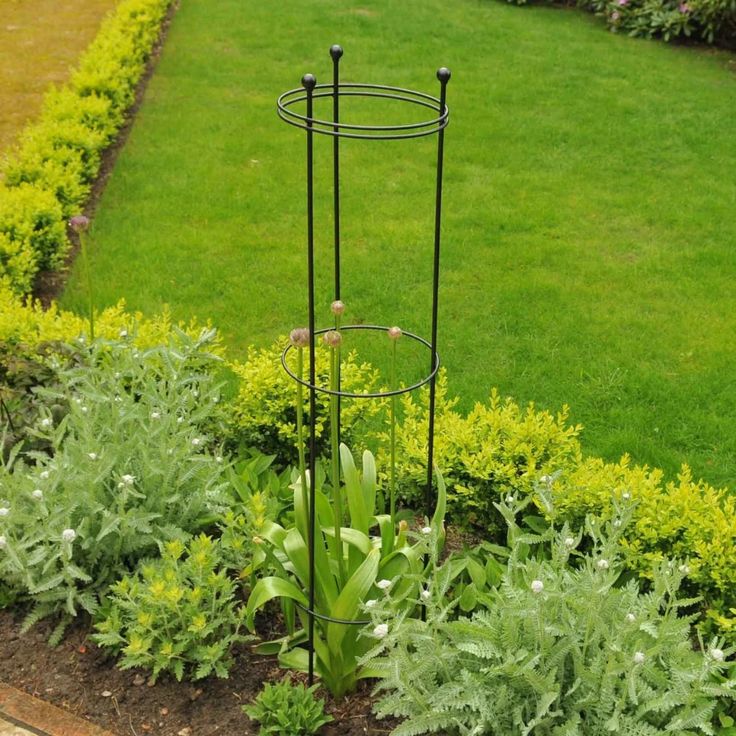 The plant is quite tall compared to other tigridia. The specific epithet is given in honor of the famous Japanese botanist Eizi Matuda, who made a great contribution to Mexican botany, exploring the extensive flora of the state of Mexico.
The plant is quite tall compared to other tigridia. The specific epithet is given in honor of the famous Japanese botanist Eizi Matuda, who made a great contribution to Mexican botany, exploring the extensive flora of the state of Mexico.
Photo by Dennis Szeszko (c)
Tigridia meleagris
Grows in deciduous jungle at an altitude of 1000-1500 meters above sea level, where the rainy and dry seasons are very pronounced. During the rainy season, its habitat is very lush. This species is difficult to grow because during the dry season the potting soil must be completely dry to prevent the bulbs from rotting. The bulbs of this plant in the wild are difficult to remove from the ground without damaging them, because they go into the soil to a depth of 30 cm and grow in the soil, like in pockets, among stones.
Photo by Dennis Szeszko (c)
Tigridia mexicana
Native to parts of Mexico with distinct rainy and dry seasons.
